Exploring the Technology Behind Forex Trading
With the total value of the global forex market topping $2.409 quadrillion, it is interesting to note that the sector is almost 2.5 times as what is GDP world total of 2020.
This is an incredible statistic, and that’s increasingly tech-led and built on cutting edge innovations such as remote communication, real-time analytical tools and artificial intelligence (AI).
In this post, we’ll explore some of the market’s most seminal technologies, while asking how they’ve impacted on the foreign exchange and will continue to do so in the future.
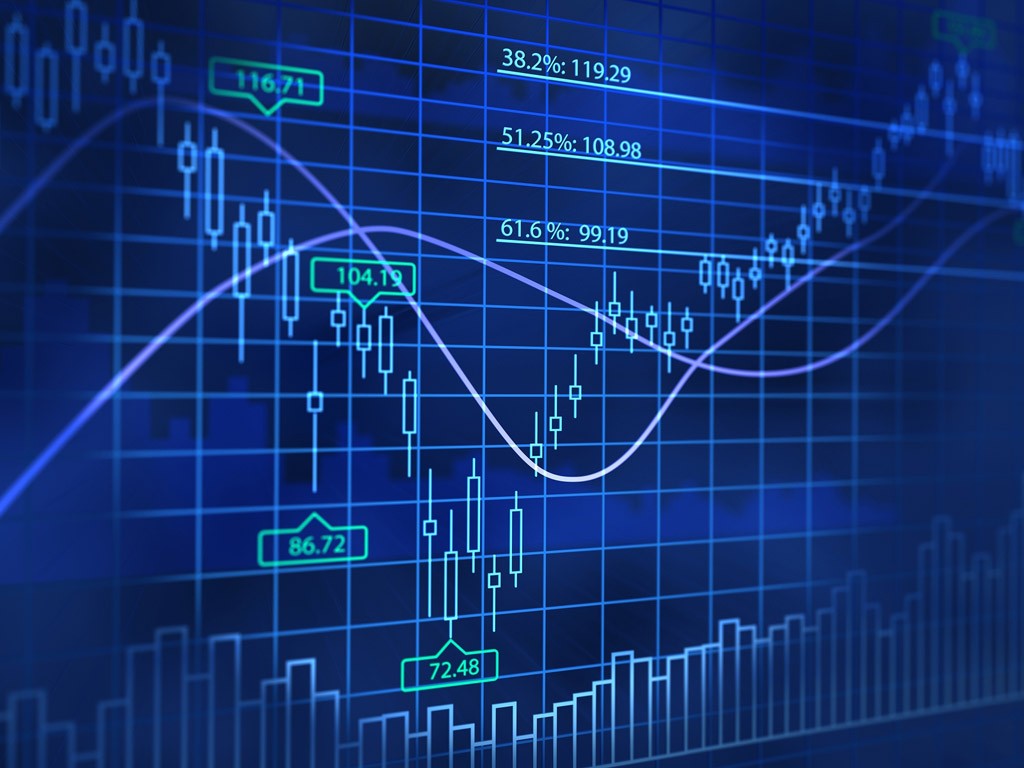
A Brief Introduction to the Global Forex Market
The forex market is genuinely unique even in the digital age, as it’s accessible for 24 hours a day (for five days a week) and sees approximately 170 currencies traded in pairs across three geographical trading sessions.
What’s more, forex is an inherently speculative marketplace, in which traders can buy (go long) or sell (go short) specific currency pairs according to their investment strategy. This means that they can hedge foreign currency positions and profit without assuming ownership of the underlying financial instrument, potentially leveraging market volatility to their advantage.
Through the digital age, FX trading has evolved to accept and process orders through virtual brokerage sites, creating an interconnected global marketplace in which even a high volume of trades can be executed in real-time.
Currently, the global market sees an average daily trading volume in excess of $6.6 trillion, with this spread across a broad range of currency pairs from all around the world.
The Key Technology and Innovations Behind the FX Marketplace
Now that you have an understanding of the forex market in the digital age, it’s important to analyse the key technologies and innovations that drive this marketplace. These include:
#1. Forex Trading Platforms and Automated Software
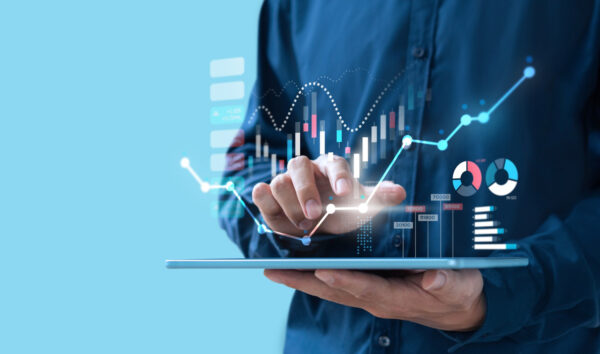
Contemporary brokerage sites typically leverage advanced forex trading platforms, including longstanding and industry standard software such as the MetaTrader 4 and 5.
These entities allow for instant order processing while also connecting traders to a diverse suite of analytical tools, alongside technical and fundamental analysis that can help to inform trades in real-time.
These vary from one platform to another, but they can be combined to create insights and informative visual charts that can all be accessed through a single and easily accessible interface.
Such apps are also seamlessly available across desktop and mobile devices, while they’ve also unlocked opportunities in the form of increasingly short-term and automated trading vehicles.
For example, you can now access forex arbitrage software, which creates unique, short-term trading opportunities that enable investors to profit from temporary market inefficiencies and volatility.
These can be caused by errors in pricing or the temporary difference in relevant asset prices that may exist between different FX brokers, which despite being quickly corrected, create a short-term window of opportunity in which trades can profit.
This is a unique but high risk trading strategy, but it’s one that has only been made available through innovation and technological advancement.
#2. The Rise of 5G
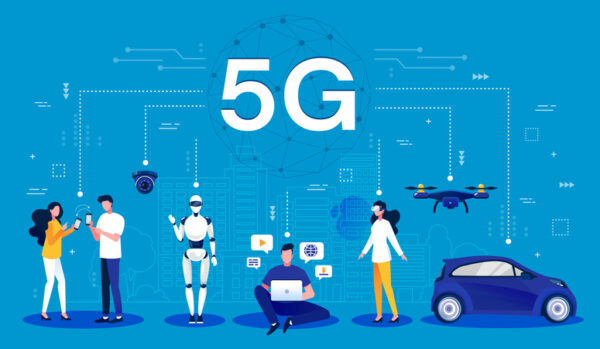
The 5G rollout was complex and unnecessarily controversial in some ways, but it has undoubtedly revolutionised Internet connection speeds and the functionality of networks throughout the UK and similarly developed nations.
When compared with 4G, for example, 5G networks are thought to deliver download speeds that are up to 20-times faster, while it may arguably have reduced latency or the so-called “ping” time from 100ms to just 10ms.
While such differences may not be overtly obvious to traders or Internet users, they dramatically improve response times in an age of high frequency and automated trading strategies.
This could afford high-frequency and prolific traders (especially those who adopt a scalping strategy) a competitive advantage in the marketplace, by making it possible to open and close multiple trading positions even quicker than before.
This is critical for scalpers and day traders, who tend to operate within tight timeframes and execute a large number of smaller orders within a relatively short period of time.
#3. Artificial Intelligence (AI)
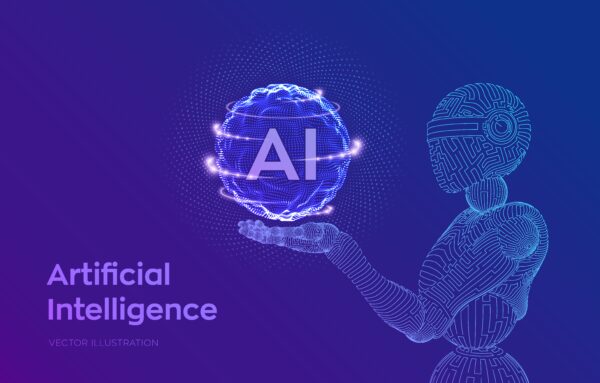
We’ll close with a relatively new technology, which is underpinned by tenants such as machine learning and provides a viable method of leveraging large and unstructured data sets.
Certainly, advanced AI systems and forex robots can help with the collation and analysis of big data, even when dealing with useful, but unstructured, data across vast resources such as social media.
This is leading to more advanced trading algorithms and more detailed market analysis for traders, both in terms of market movements and the actions of institutional investors that tends to drive social trading.
In these respects, AI is beginning to have a seismic impact on various aspects of the FX trading market, and this trend will evolve to become even more influential over time.

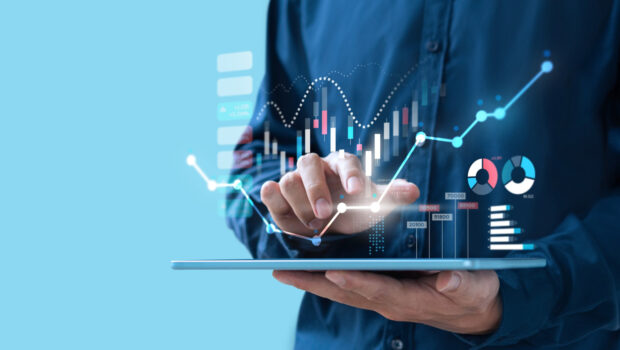









![The do’s and don’ts of getting rid of your old car [Infographic]](https://technofaq.org/wp-content/uploads/2017/08/The-dos-and-donts-of-getting-rid-of-your-old-car-150x150.png)




